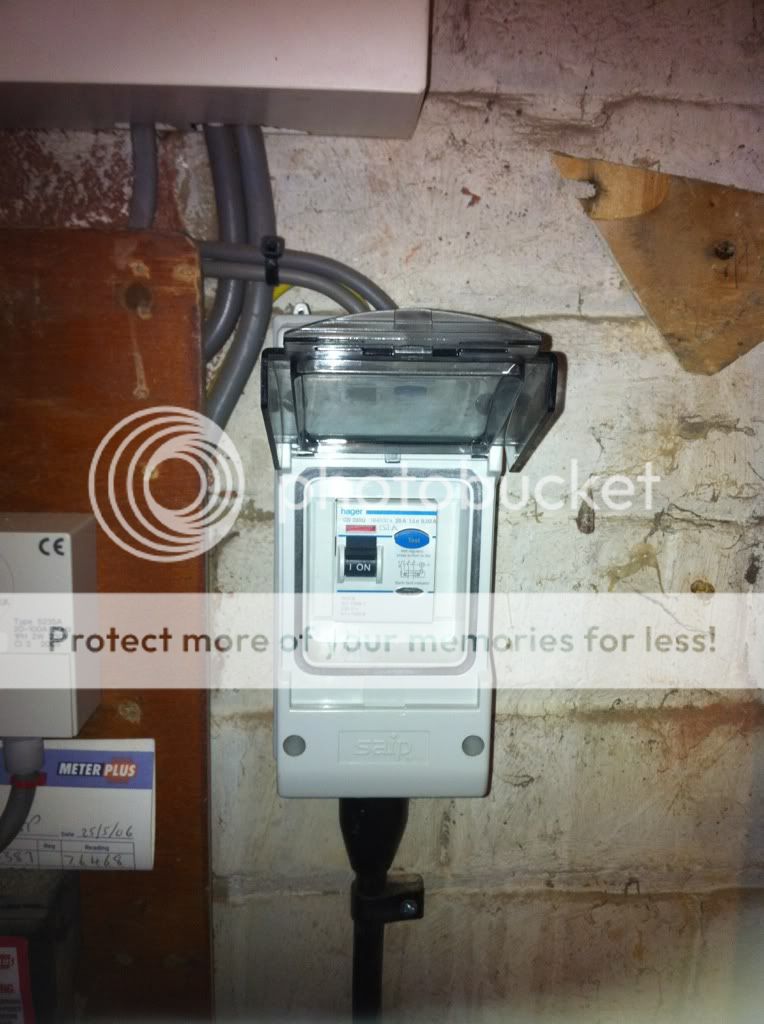I've lost count of how many times I've come across this.
Supply to a garage:


When will people learn
Supply to a garage:


When will people learn




Can someone point out the obvious please. Always like to learn
If you need to find a tradesperson to get your job done, please try our local search below, or if you are doing it yourself you can find suppliers local to you.
Select the supplier or trade you require, enter your location to begin your search.
Are you a trade or supplier? You can create your listing free at DIYnot Local
